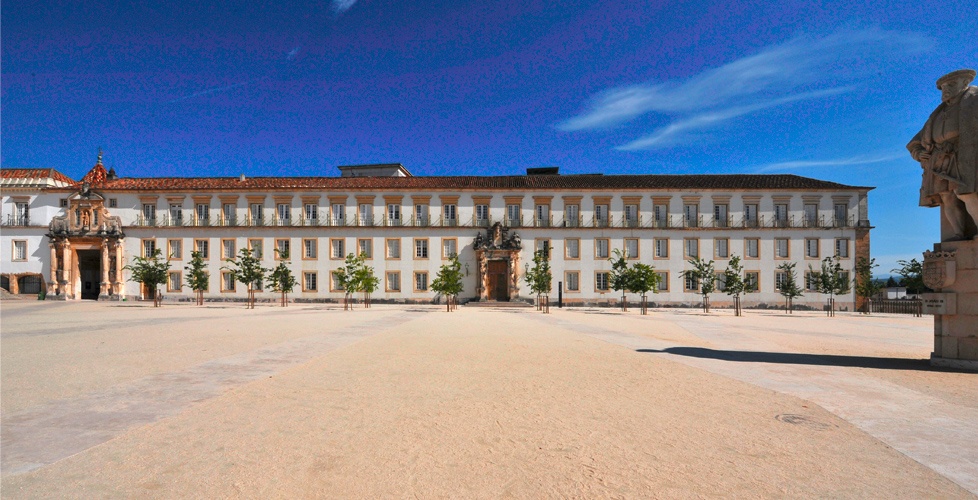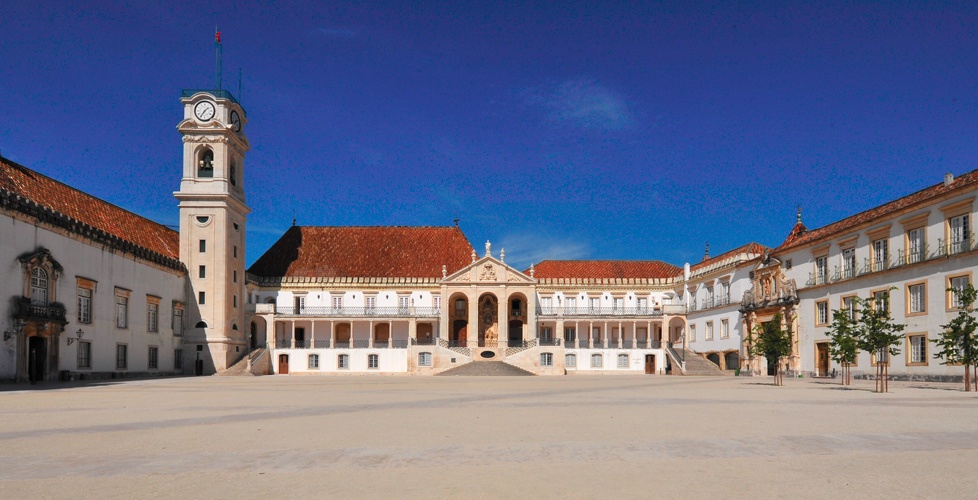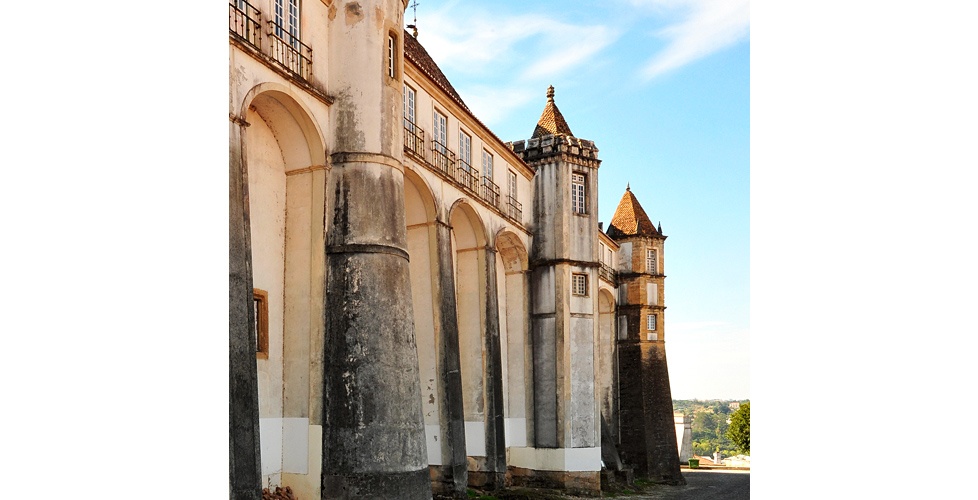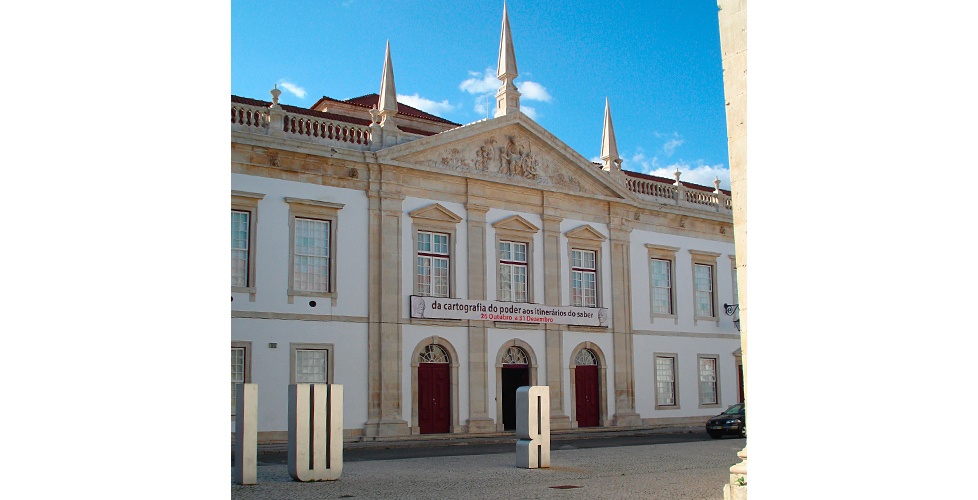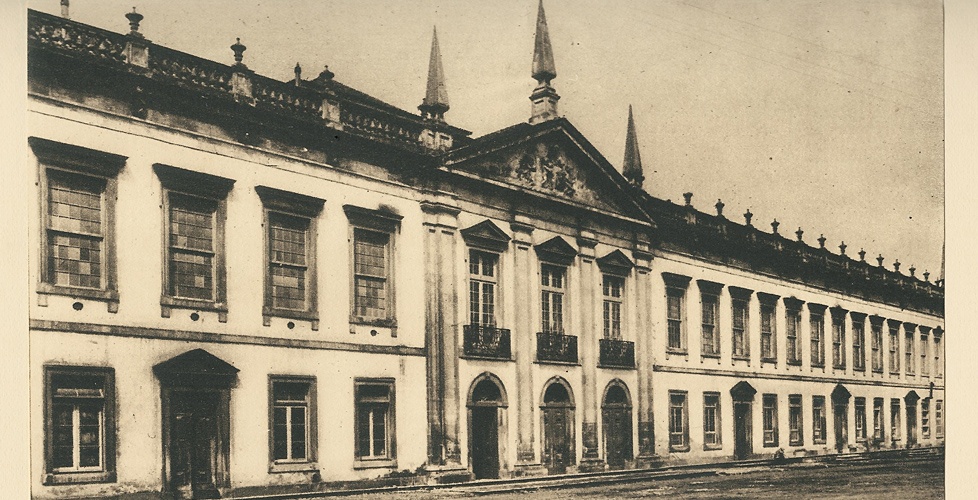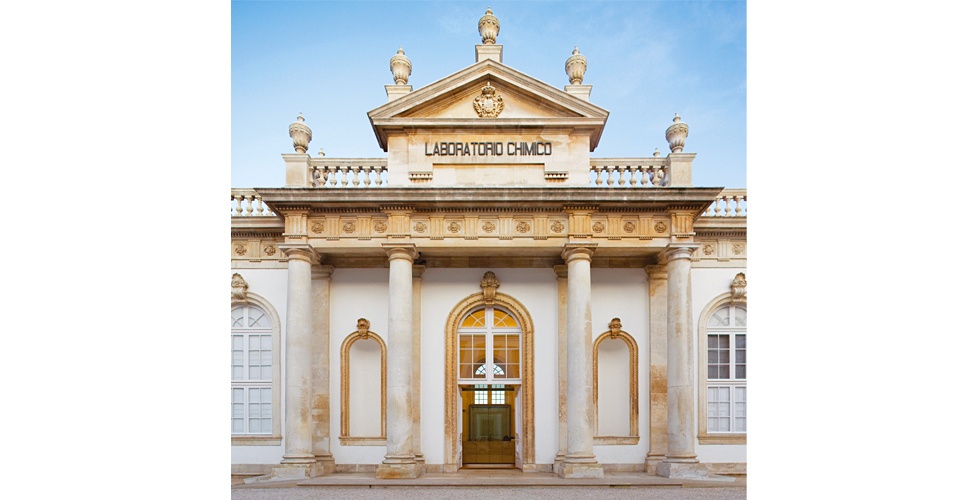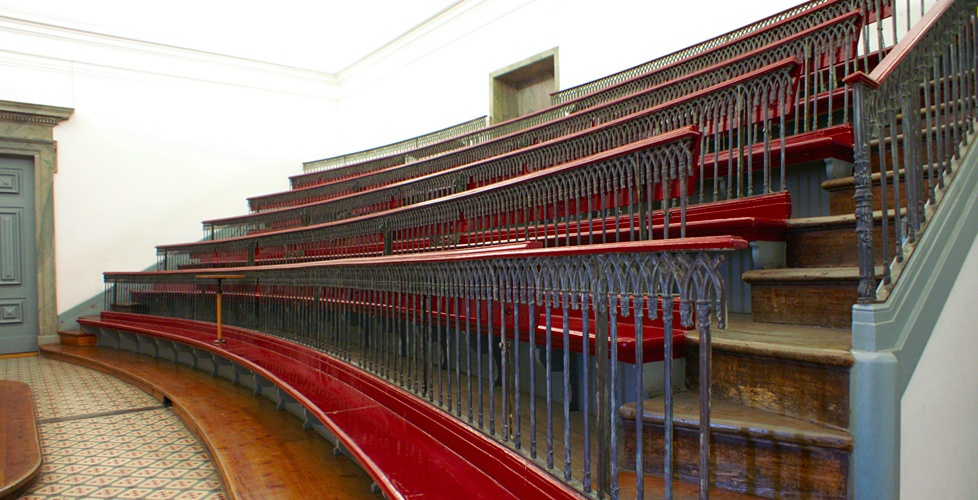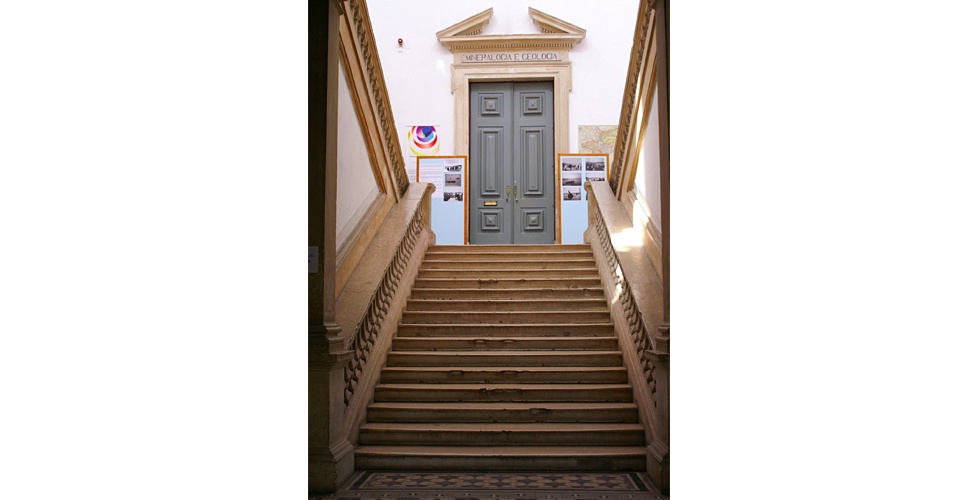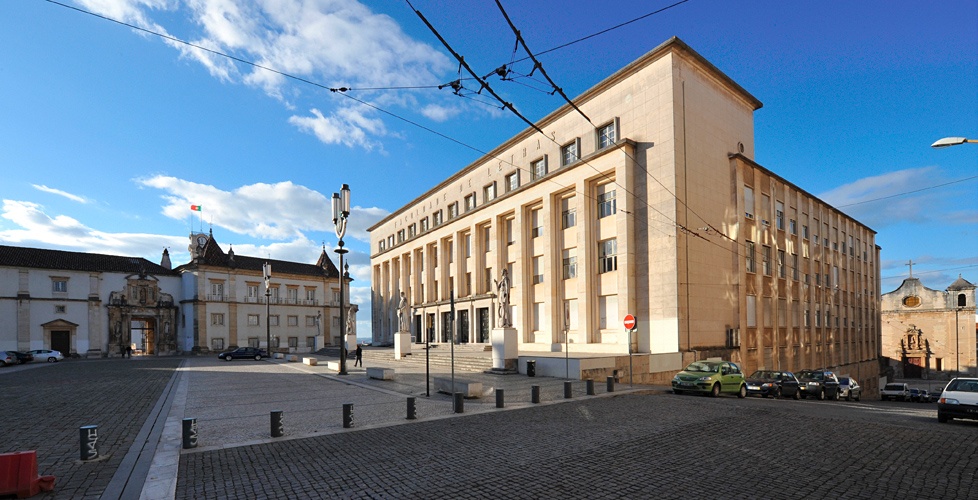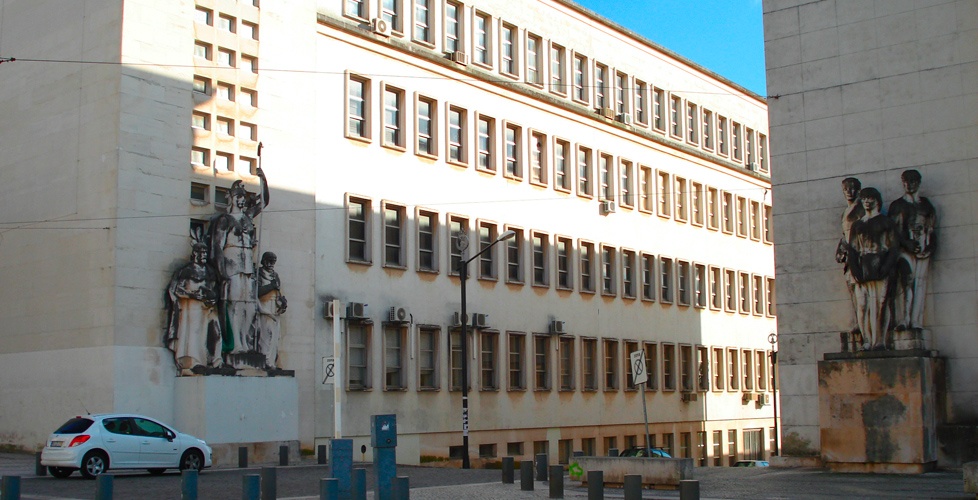Nucleus 1
It was in the city downtown, in Sofia Street;( -sophy), of course, as in wisdom, that the history of the University of Coimbra erected after its definite transference to Coimbra in 1537.
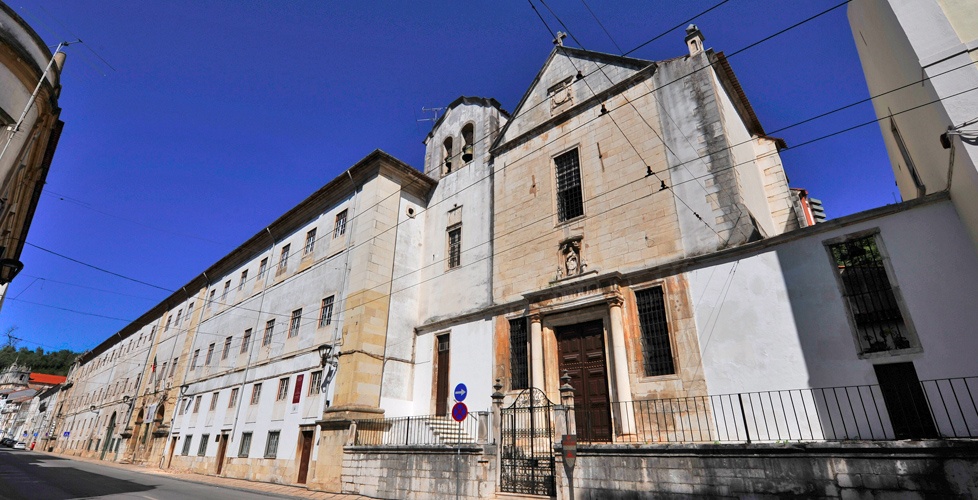
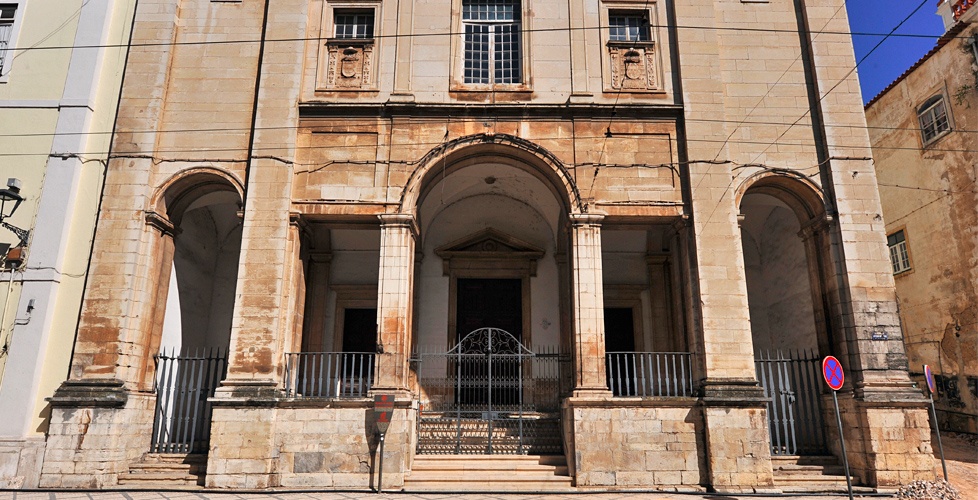
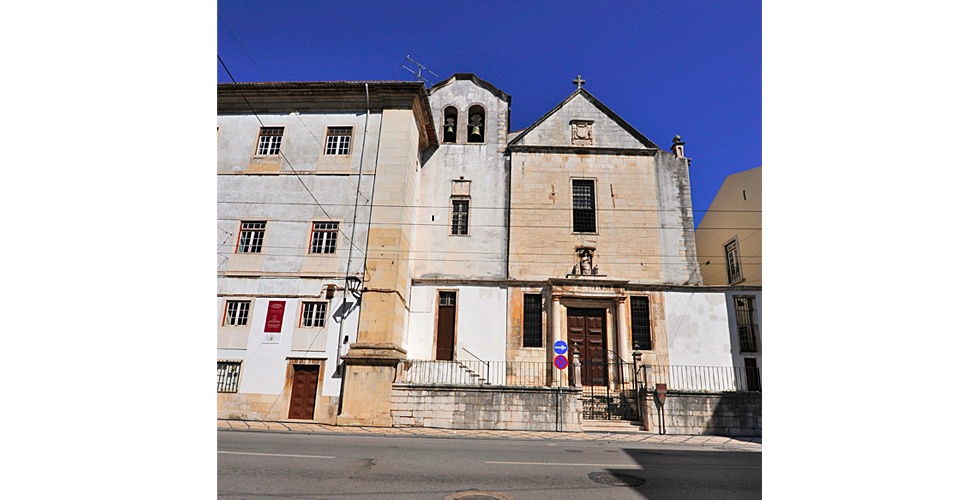
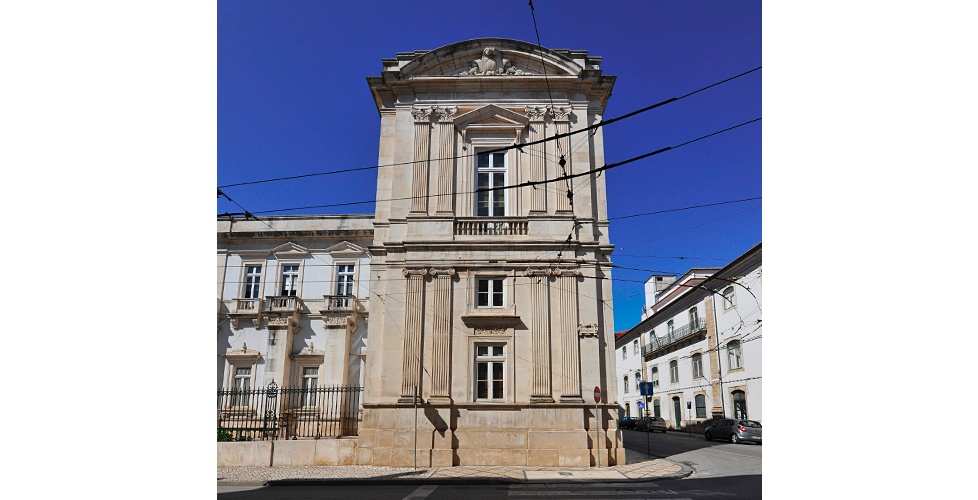
It was in the city downtown, in Sofia Street;( -sophy), of course, as in wisdom, that the history of the University of Coimbra erected after its definite transference to Coimbra in 1537. This street tore the urban medievalism and became an axis of modernity for its time. Together, 27 colleges brought life to this area. Seven of them are still living testimonies of the history of the University.
This wise Street starts by the Santa Cruz Church, National Pantheon where King Afonso Henriques and his son King Sancho I are entombed. On that same place is the Café Santa Cruz, and historical and charismatic coffee shop where the Crúzios, delicious conventual pastry, were reinvented
